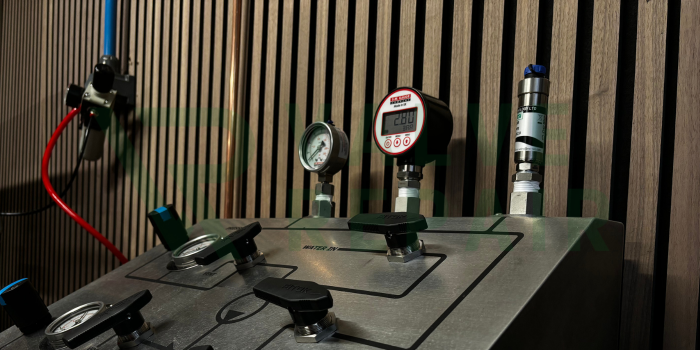
Valve Refurbishment
What is Valve Refurbishment?
Over time, valves degrade due to high pressures, extreme temperatures, and continuous operation. Our refurbishment process restores them to like-new condition, replacing worn components, resealing internal parts, and ensuring they function as intended.
The Benefits of Valve Refurbishment:
- Significantly Extends Valve Lifespan – Avoid frequent replacements and maximise durability.
- Cost-Effective Alternative to Buying New – Reduce capital expenses without compromising performance.
- Restores Full Functionality & Efficiency – Ensures smooth operation with precision engineering.
- Eliminates Leaks & Performance Issues – Prevents costly breakdowns and production stoppages.
- Eco-Friendly Solution – Reduces waste and promotes sustainability in industrial operations.

Our Valve Refurbishment Process
At Valve Repair, we follow a detailed, step-by-step process to ensure every valve is restored to the highest industry standards.
1. Valve Inspection & Assessment
- Complete strip-down and visual inspection to identify damage, wear, or corrosion.
- Precision testing to check for leak paths, internal failures, or weakened components.
- Detailed assessment report with recommendations for repairs and part replacements.
2. Component Cleaning & Repair
- Ultrasonic cleaning and media blasting to remove contaminants, rust, and scale.
- Replacement of seals, seats, O-rings, and gaskets for improved sealing performance.
- Machining and refinishing of worn areas to restore original specifications.
3. Reassembly & Functional Testing
- Expert reassembly using OEM or high-quality replacement parts.
- Performance testing to verify smooth operation, pressure resistance, and leak prevention.
- Calibration and certification to ensure compliance with safety and industry standards.
How it works...
Types of Valves we repair
-
Ball Valves
Ball valves play a crucial role in process control, offering tight shut-off and minimal pressure drop. Over time, seal degradation, corrosion, and internal wear can lead to leaks and operational inefficiencies.
-
Butterfly Valves
Butterfly valves are widely used in steam, water, and industrial flow applications, but seat wear, disc misalignment, and actuator failures can impact their performance.
-
Gate Valves
Gate valves are designed for on/off flow control but can suffer from seat erosion, corrosion, and sticking mechanisms over time.
-
Globe Valves
Globe valves are essential for flow modulation and throttling applications, but plug and seat wear, erosion, and actuator issues can reduce efficiency.
FAQ's
What is valve pressure testing, and why is it important?
Valve pressure testing is a quality control process that ensures your valves can withstand operational pressures without leaking or failing. It helps prevent costly breakdowns, safety hazards, and system inefficiencies, ensuring your valves perform reliably under real-world conditions.
What types of pressure testing do you offer?
We offer three main types of pressure testing:
- Hydrostatic Testing – Uses water to check for leaks and structural integrity.
- Pneumatic Testing – Uses compressed air or gas to detect even the smallest leaks.
- Seat Leak Testing – Ensures a tight seal when the valve is closed, preventing internal leakage.
How often should valves be pressure tested?
The frequency of pressure testing depends on the type of valve, application, and industry regulations. In critical applications such as steam, oil & gas, and chemical processing, valves should be tested at regular intervals to ensure ongoing reliability and compliance with safety standards.
What happens if my valve fails the pressure test?
If a valve fails testing, we provide a detailed failure report outlining the issue. Our team can then recommend repairs, refurbishment, or replacement parts to restore the valve to full working condition, ensuring it meets performance and safety requirements
